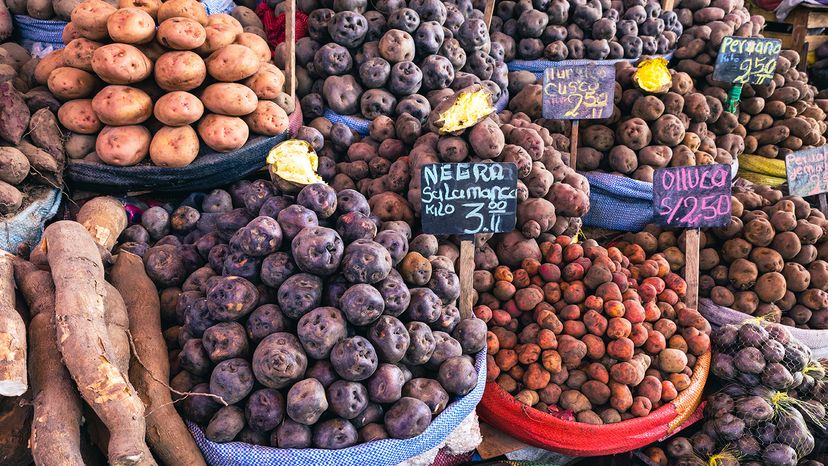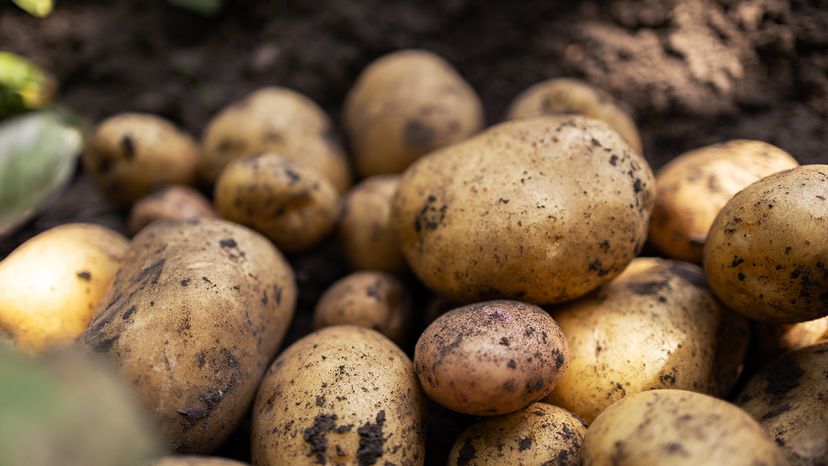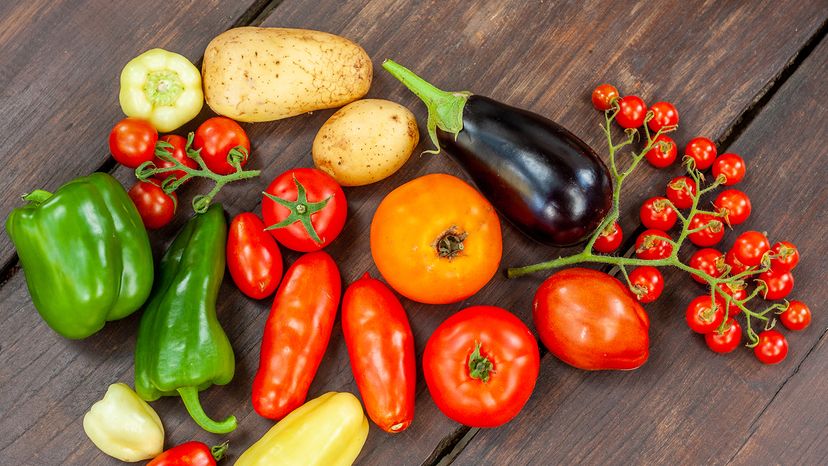Today, potatoes are grown on every continent except Antarctica and are cooked in countless ways. From fries and mashed potatoes to inclusion in Asian food dishes, their versatility is unmatched.
Whether you’re preparing early potatoes in spring or cooking up a comforting dish in winter, you’re participating in a global culinary tradition. And while modern potatoes may look far removed from their wild ancestors, the link is preserved in their DNA and the soil they grow in.
So the next time you eat potatoes, remember that they’re more than just food. They’re the product of thousands of years of history, hybridization events, and the ingenuity of ancient farmers.
We created this article in conjunction with AI technology, then made sure it was fact-checked and edited by a HowStuffWorks editor.


